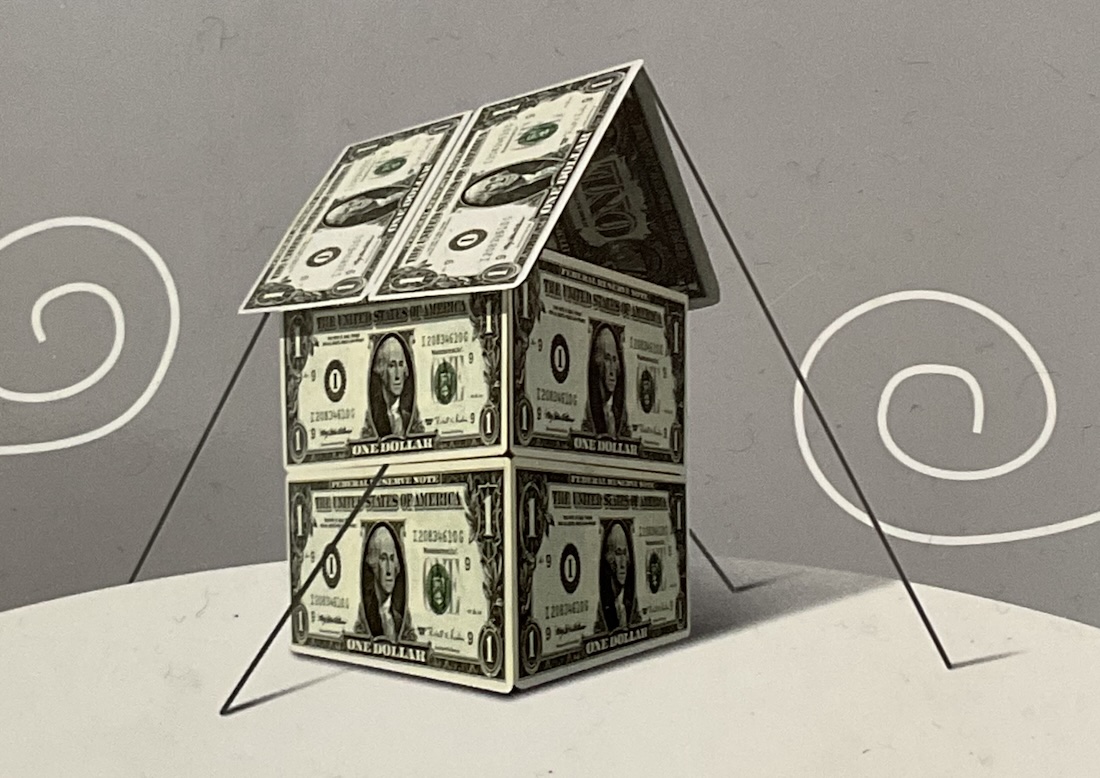The Repo Crisis and The Fed: Part 4

Posted November 22, 2019
Quantitative Easing has resumed.
On September 17th, overnight interest rates in the Repo Market shot up to 10%, four times higher than they should have been. Problems there infected the Federal Funds Market, causing the Federal Funds Rate to move up to 2.3%, above the Fed’s target range of 2.0% to 2.25%. This means the Fed temporarily lost control over interest rates.
The Fed responded by urgently injecting money into the financial markets through a series of Repurchase Agreements and by announcing it would resume buying Government Securities, initially at a pace of $60 billion per month. By November 6th, the Fed had created $280 billion. This new money restored calm in the Repo Market and pushed all the major US stock market indices to new record highs.
The Fed has not specified how long it will continue creating money or how much money it will create altogether this time. It probably does not even know yet. Nevertheless, the figure is likely to be a very large number.
The loss of control over the Federal Funds Rate was another blow to the Fed’s credibility. It will not want to relive that experience any time soon. This suggests that the Fed is likely to increase the level of Reserves very substantially, so that it is not embarrassed again.
Keeping that in mind and drawing on hints within the Fed’s recent policy statement, this video projects out the Factors Supplying and Absorbing Bank Reserves in order to reach an estimate of how much the Fed will expand Reserves by the end of next year.
If these projections are correct, they will also reveal:
- How much money the Fed will create next year,
- What percent of the government’s budget deficit the Fed will finance next year, and
- How much support the Fed will give to the stock market through Quantitative Easing, since the more money the Fed creates, the higher stock prices are likely to go.
As you will see, it seems likely that Quantitative Tightening will soon be entirely reversed and that the Fed’s balance sheet will quickly expand to new highs.
It should not come as a great surprise that the Fed has begun creating Money again. One of the Fed’s unacknowledged responsibilities is to help finance the government’s debt at low interest rates by monetizing part of it. As long as the government’s debt continues to increase (and it is now increasing by more than $1 trillion a year), everyone should expect the Fed’s balance sheet to continue to grow as the central bank extends Federal Reserve Credit to acquire more Treasury Securities.
This is the final video in a series explaining the Factors Supplying and Absorbing Reserve Balances. It concludes by showing viewers how to find this data and how to download it from the Fed’s website.
Macro Watch subscribers can log in and watch The Repo Crisis & The Fed: Part Four now. This video is 15-minutes long and offers 37 slides which can be downloaded.
If you have not yet subscribed to Macro Watch and would like to, click on the following link:
For a 50% subscription discount hit the “Sign Up Now” tab and, when prompted, use the coupon code: repo
You will find more than 50 hours of Macro Watch videos available to watch immediately. A new video will be added approximately every two weeks.
Please share this blog with your colleagues and friends.


No comments have been made yet.